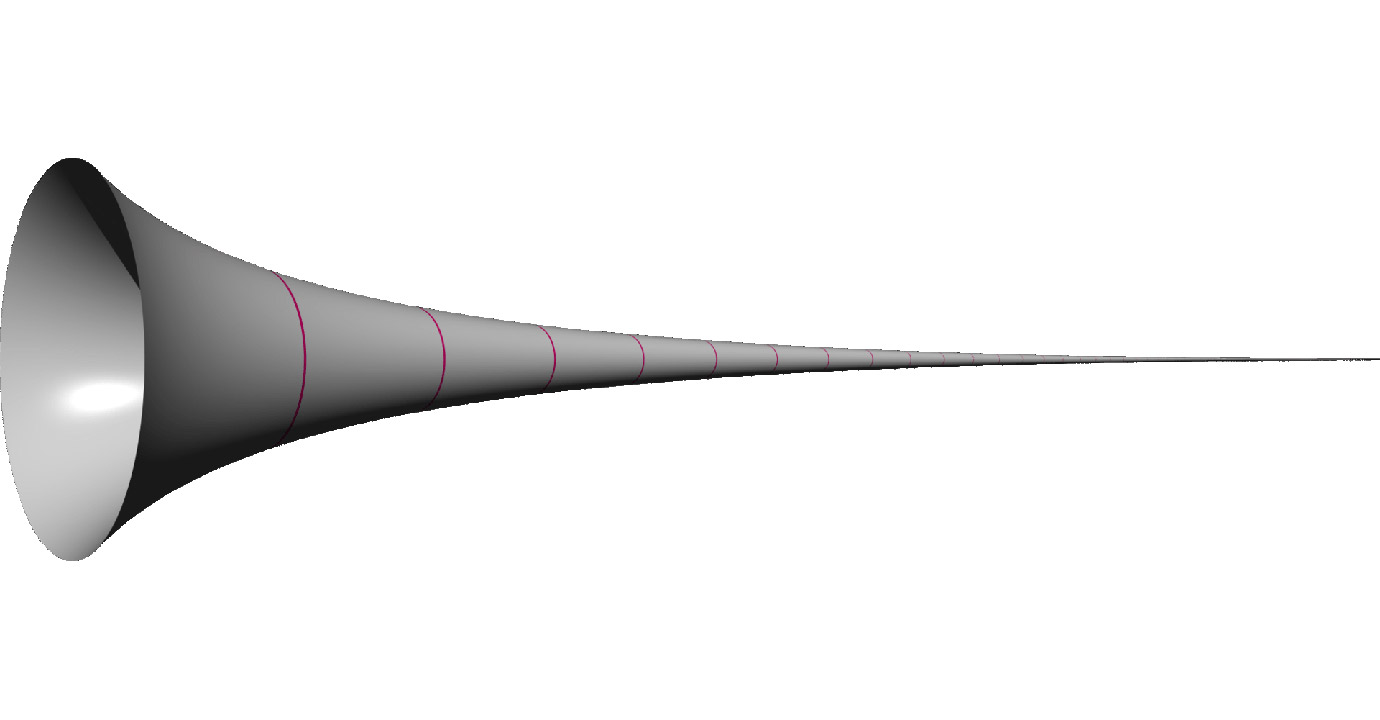Just months after the Lawrence Livermore National Laboratory managed the use of 192 lasers to ignite a hydrogen pellet as nuclear fusion fuel, scientists based in South Korea’s Korea Superconducting Tokamak Advanced Research (KSTAR) nuclear reactor just achieved a landmark plasma confinement record of thirty (30) seconds, according to a KSTAR press release.
The goal of nuclear reactors like KSTAR is to recreate the conditions that exist within stars like our own Sun in order to achieve nuclear fusion, long considered the technological golden goose of energy generation.
While other facilities may use other methods to achieve the final goal of initiating and containing a self-sustained nuclear fusion reaction, much like the goal of those working for the Naval Research Laboratory, KSTAR uses a particular device known as a tokamak. A tokamak is basically a containment vessel that’s shaped like a donut, and is designed to magnetically contain very hot plasma for extended periods of time.
The target for tokamak-type reactors is to maintain plasma with a temperature of more than 100 million °C (180 million °F) for a duration that’s long enough to initiate nuclear fusion. KSTAR has slowly been making headway towards this goal. First, by holding plasma at 50 million °C (90 million °F) for over 70 seconds back in 2016. Next, they reached their target temperature, but only held it for 1.5 seconds, back in 2018. They would increase the time to around eight (8) seconds back in 2019, then up to twenty (20) seconds almost exactly a year ago.
Now, nearly a year after they reach the twenty-second mark, the KSTAR scientists breached the thirty (30)-second milestone, which was said to have been reached after optimization of heating and magnetic field systems, according to a news release by Business Korea.
According to Business Korea, the KSTAR team hopes to keep this temperature up for 300 seconds by 2026, and is planned to be achieved via power source upgrades and by diverting the high temperatures that develop in the inner walls of the tokamak chamber through the use of what’s called a tungsten (W) diverter.
References
- Kim, E. (2021, November 23). KSTAR nuclear fusion reactor further improved. Business Korea. http://www.businesskorea.co.kr/news/articleView.html?idxno=81955
- Lavars, N. (2021, November 24). KSTAR fusion reactor sets record with 30-second plasma confinement. New Atlas. https://newatlas.com/energy/kstar-fusion-reactor-record-30-second-plasma/











